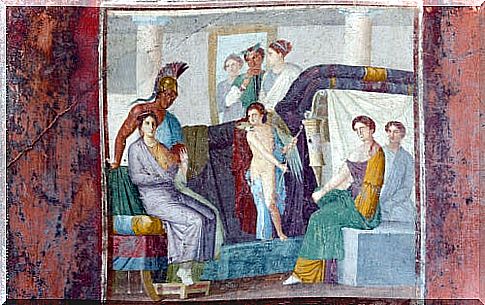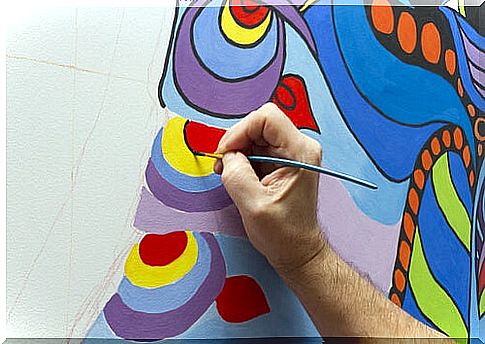Muralism: Street Art Representation

The artistic representation constitutes a good narration of the story, since it has passed in parallel, being sensitive to it. Currently it continues to do so, and within the various forms of expression there is one that is gaining popularity, for the value of what it shows. It is about muralism, street art representation.
The artists who dedicate themselves to muralism turn the gray and forgotten walls into an explosion of color, which can be loaded with protest, cultural and social symbols. This is a way to transform the forgotten spaces of cities.
Now, it is not about painting to paint. There are various groups that work to improve our society through art. In this article, we will take a tour of muralism, we will talk about what it is about, its origins and its importance. We will also cite some representative muralist movements.
What is it about and what are the origins of muralism?
Muralism, for many, is a type of street art. It consists of artistic interventions through various techniques and materials. On every wall there are urban languages and expressions. There is no common aesthetic, it depends on each artist.
Now, according to Martha Cecilia Herrera and Vladimir Olat in their article for the magazine Nomada, muralism is one of the most representative marks of contemporary cultures. In addition, they are aesthetic constructions that mobilize forms of political thought.

Muralism as a movement emerged after the Mexican Revolution. At that time their purpose was to socialize art, and they rejected any work that came from commercial circles. They proposed the production of works that portrayed the Mexican reality. And, its main representatives were Diego Rivera and David Alfaro Siqueiros.
Now, muralism was carried out mainly in public buildings, and it soon began to spread throughout America. From that moment on, this type of art has continued to be made, where the walls relate aspects of culture and society.
What is the importance of this street art representation?
The murals are fundamental because they are an encounter between the past, the present and the future. They also give meaning to both individuals and groups. And they institute new stories that question aspects of the current social order.
Street representations are constructs that question the present, and help make certain realities both visible and memorable. Thus they give meaning to the current sociocultural situation and inaugurate new horizons for its visibility.
So, these spaces are essential because through the interventions they capture authentic aspects of the context, and transform opaque spaces into visible and living places.
Many of these works not only give color to the wall, but with their ink they transform thoughts and emotions of people around them. They even rescue neighborhoods that were in oblivion, giving them new perspectives. Thus, they mark territories and make communities emerge.
Examples of muralism
Muralism is widespread throughout the world. Let’s look at some examples, both classic and current:
- Mexican muralism. It was a movement with both political and social involvement. Feelings of identity and national belonging are reflected, thus fostering a feeling of love for the homeland. In addition, the intention is to make the people participate in its history, through the works. And, there is an attempt to make inclusion, claiming for example the indigenous group. Its most prominent members were: Diego Rivera, Rufino Tamayo and Roberto Montenegro, among others.
- Chilean street art representation. Muralism in Chile begins after the visit of the Mexican David Alfaro Siqueiros. The popular world, the conquest, and authentic characters are represented. The street art expression in this country is particular, since due to the earthquakes that the architecture has suffered, it has been in constant change, of course also its walls. The main representatives were: Laureano Ladrón de Guevara Romero, Gregorio de la Fuente and Pedro Olmos Muñoz, among others.
- San Francisco and the Footprints of muralism. Their artistic expression has had a long history, which has made visible the cultural traces of the groups that have passed through them, especially that of Hispanics who have suffered discrimination. The most representative neighborhood is called Mission, in it there are murals that recall social struggles, and painful and affirming memories. And, they are also the sample of the search for social and cultural recognition. In addition, there are NGO groups, which have dedicated spaces to show the work of women artists.

Now, street representation is something that continues to be woven. For example, in Cali, Colombia there is a collective called Mesa de Gráfica Urbana, which seeks to manage, support and carry out activities for the growth of art in the city through pedagogical projects. And, this is just one example that muralism still stands.
Through the art of the mural we can represent emotions and thoughts, which are easily accessible to all the public. It is an art from another perspective, which is framed within the social and cultural aspects, to fill spaces with color, not only through painting, but also through what it transforms and various enriching projects.









